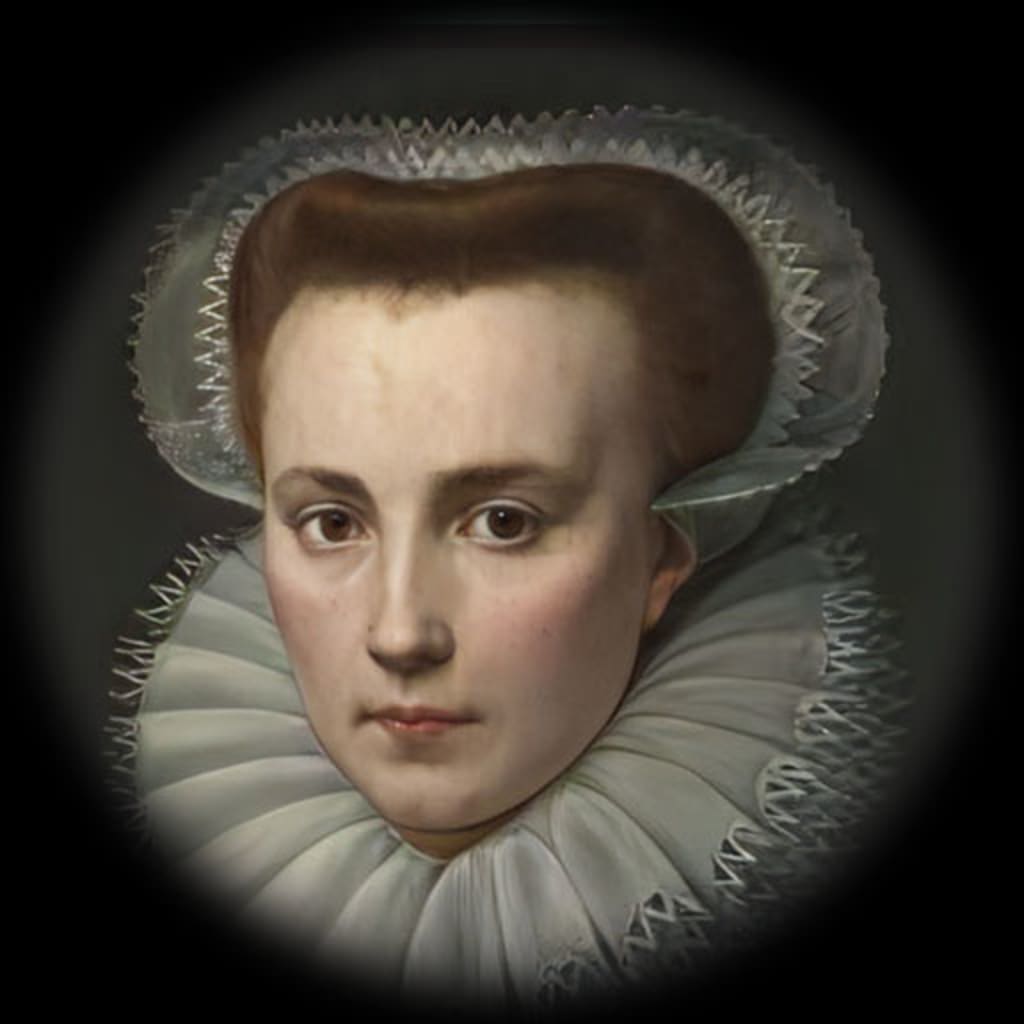The documentary Elizabeth Bathory: The Blood Countess Part 2.
The historical figure known as Countess Elizabeth Báthory de Ecsed, also known as The Blood Countess,

The Voivode of Transylvania, Andrew Bonaventura Bathory, was the region's highest-ranking authority.
as well as Hungary's Chief Justice.
Additionally, Stephen Báthory, her maternal uncle, wed the Queen of Poland and became
the renowned Polish King Stefan Batory added Grand Duke of Lithuania to his titles in 1575.
Prince of Transylvania and member of the Commonwealth of Poland and Lithuania.
Throughout the entire time, several members of the Báthory family carried the title "Prince of Transylvania."
including two of her cousins, Sigismund and Gabriel, following Elizabeth's lifespan
Báthory.
The Báthory family had property in what is now Slovakia, Romania, and the Kingdom of Hungary.
and were extraordinarily affluent, lending money to numerous powerful families,
including the Austrian Habsburgs.
One of the most notable royal families in medieval and early modern times was the Habsburgs.
Europe, with a dynasty that lasted 636 years in all, from 1282 to 1918.
The majority of the Habsburg holdings were in East Central Europe, with Vienna, Austria, serving as the capital.
even though from 1583 to 1611 the Habsburg dynastic seat was relocated to Prague during Elizabeth's lifetime.
However, the House of Habsburg produced kings in a number of nations, including
Spain, Portugal, Bohemia, and Galicia-Lodomeria all brought their respective colonies.
likewise during Habsburg rule.
Additionally, though later in history, the Habsburgs claimed many principalities in Italy and
the Low Countries, the Austrian and Austria-Hungarian rulers of the 19th century, and
even a Mexican emperor.
Through battle and fortunate marriages, the dynasty increased its influence, but it also broke up into various
particularly from the mid-16th century when the Spanish and Austrian branches emerged
were split upon Charles V's abdication.
The long-term Habsburg tactic of utilizing interfaith marriage to retain tight diplomatic ties between
its family branches riskily decreased the gene pool, causing impairments.
and anomalies, such as the infamously disproportionate Habsburg jaw.
When Elizabeth I was queen in the late 1500s, the Habsburgs were at the height of their power.lifetime.For 368 years, from 1438 to 1806, he was the Holy Roman Emperor, with only a
In the brief period between, from 1740 to 1745, the Habsburgs were the most affluent royal family.
family controlling the most influential
state throughout the Middle Ages in Europe.
The Holy Roman Emperor held the post for centuries despite being the only dynasty to do so.
was in fact chosen, though the Habsburgs admittedly only by the prince-elect elite.
had a considerable advantage in that a large chunk of the Holy Roman Empire was made up of Habsburg land.
Empire.
Including what is now Germany, Austria, Czechia, Switzerland, and the rest of the Holy Roman Empire
Eastern France, Slovenia, the Low Countries, northern Italy, western Poland, and portions of Slovenia
Croatia's north.
The Empire positioned itself as the legitimate heir of Imperial Rome's tradition and
aggressively enforces the Roman Catholic faith across its borders.
Protestantism initially emerged in the Holy Roman Empire when Martin Luther pinned his
In 1517, 95 protests or theses were posted on a church door in Wittenberg, modern-day Germany.
In the Middle Ages, a nation in East Central Europe,like Hungary, would have to deal
with both the enormous authority of the House of Habsburg and the Holy Roman Empire.
The whims of these strong neighbors in the west frequently ruined the lives of the Hungarian nobles.
And after 1453, there was yet another danger in the east.
Hungary endured the negative effects of having dangerous and strong neighbors during Elizabeth's lifetime,including the ominous influence of the House of Habsburg.
to the Ottoman Turks' repeated assaults.
Events outside Hungary's borders would have a significant impact on domestic affairs in the 16th century.
and as a result, Elizabeth Bathory would have severe personal repercussions.
King Matthias Corvinus of Hungary, a Renaissance monarch,reigned in 1490.
When the Just passed away, Hungary fell into decline.
The Byzantine or Eastern Roman Empire came to an end when the Turks captured Constantinople in 1453.
About the Creator
Nora Ariana
There are no limits to our dreams, just believe they do mean something to us.
Enjoyed the story? Support the Creator.
Subscribe for free to receive all their stories in your feed. You could also pledge your support or give them a one-off tip, letting them know you appreciate their work.






Comments
There are no comments for this story
Be the first to respond and start the conversation.